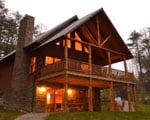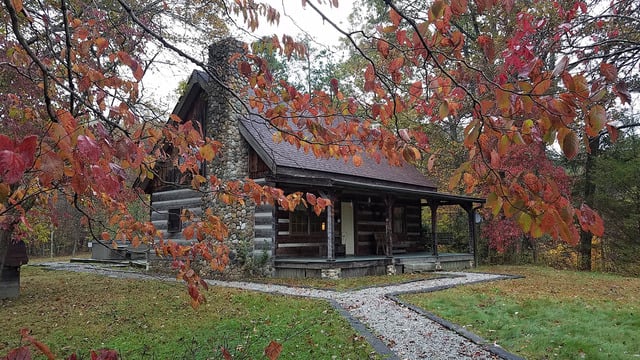BEAVER CREEK STATE WILDLIFE AREA
BEAVER CREEK STATE WILDLIFE AREA
The Beaver Creek State Wildlife Area, located in Ohio, is an expansive nature reserve that offers abundant opportunities for outdoor enthusiasts. Spanning over thousands of acres, this diverse habitat is home to a variety of wildlife species, including beavers, deer, turkey, and numerous bird species. With its picturesque landscape of rolling hills, dense forests, and meandering streams, the area is ideal for hiking, wildlife observation, hunting, and fishing. Additionally, the wildlife area provides a tranquil escape from the bustling city life, allowing visitors to immerse themselves in the serene beauty of nature while enjoying recreational activities and appreciating the rich biodiversity that thrives within the park.



